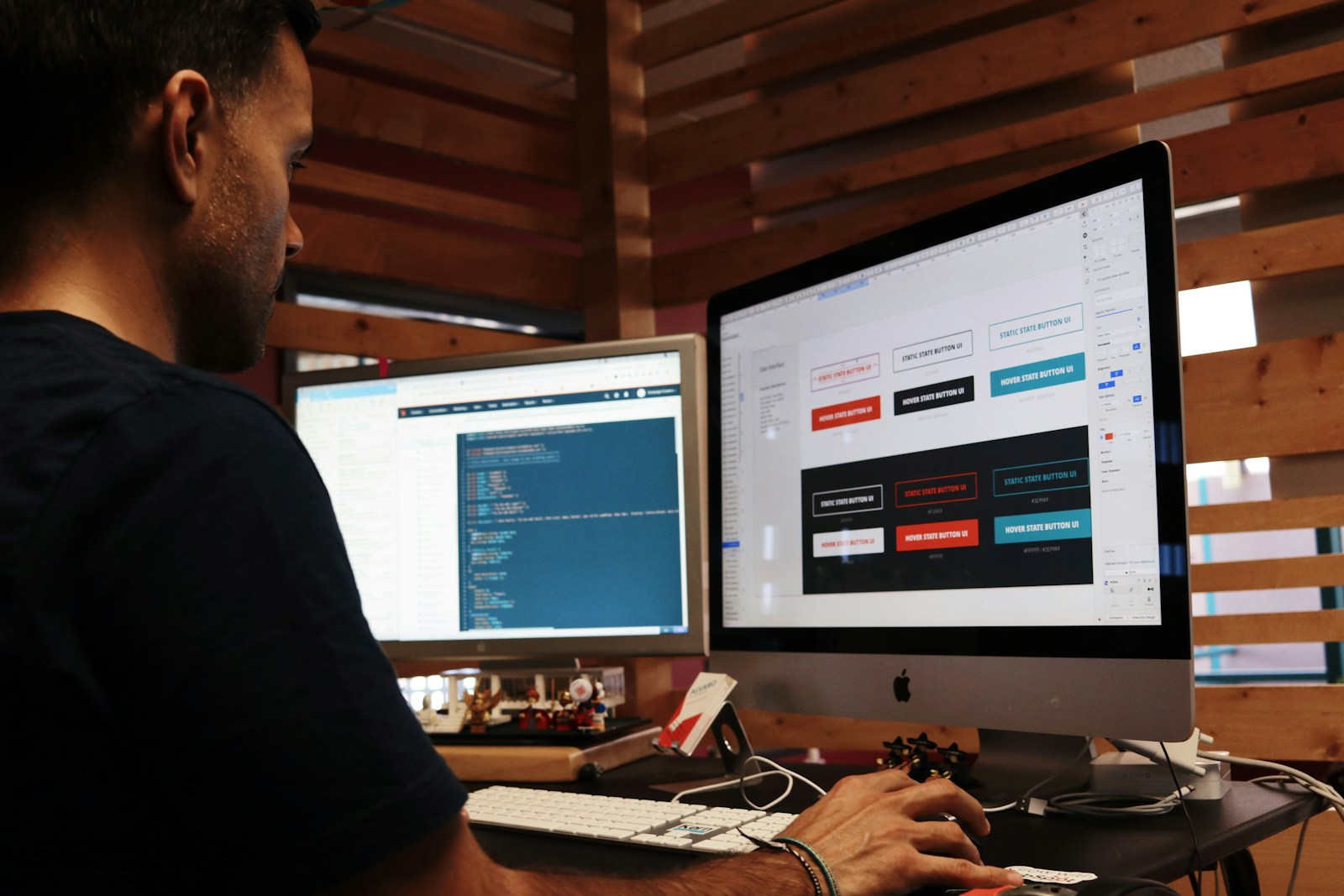As an entrepreneur, innovator, and AI enthusiast deeply involved in the realm of web development, I am constantly intrigued by the transformative potential of artificial intelligence (AI) in shaping the future of web design. In this article, I will explore the implications of AI for web designers, delving into its impact on various aspects of the design process and the opportunities it presents for innovation and efficiency.
Understanding AI in Web Design
Embracing Automation
AI-powered tools and algorithms have revolutionized the way web designers approach their work. From automating repetitive tasks to optimizing workflows, AI streamlines the design process, allowing designers to focus their time and energy on creative problem-solving and strategic thinking.
Enhancing User Experience
One of the most significant contributions of AI to web design lies in its ability to enhance the user experience. Through techniques such as machine learning and natural language processing, AI enables designers to create personalized and adaptive interfaces that cater to the unique preferences and behaviors of individual users.
Optimizing Design Decisions
AI-driven analytics provide valuable insights into user behavior, helping designers make informed decisions about layout, content placement, and navigation elements. By analyzing data patterns and predicting user interactions, AI empowers designers to optimize their designs for maximum impact and usability.
The Role of AI in Visual Design
Generative Design
Generative design, powered by AI algorithms, offers designers a novel approach to creating visual assets. By leveraging machine learning techniques, generative design tools can generate an infinite variety of design options based on predefined parameters, enabling designers to explore new creative possibilities and iterate rapidly.
Automated Image Editing
AI-driven image editing tools automate tedious tasks such as resizing, cropping, and color correction, allowing designers to focus on higher-level aspects of visual design. These tools leverage advanced algorithms to intelligently analyze and manipulate images, saving time and enhancing workflow efficiency.
Responsive Design Optimization
AI plays a crucial role in optimizing websites for responsive design, ensuring consistent and seamless user experiences across various devices and screen sizes. Through techniques like predictive modeling and adaptive layout generation, AI-driven responsive design tools help designers create flexible and adaptable layouts that adapt to the user’s device and context.
AI-Powered Content Creation
Natural Language Generation
AI-powered natural language generation (NLG) tools enable designers to automate the creation of written content, such as product descriptions, blog posts, and marketing copy. By analyzing data and generating human-like text, NLG algorithms help designers produce high-quality content at scale, saving time and resources.
Content Personalization
AI algorithms can analyze user data to personalize content dynamically, delivering tailored experiences that resonate with individual users. By leveraging data-driven insights, designers can create personalized recommendations, product suggestions, and targeted messaging that enhance user engagement and conversion rates.
Voice User Interface Design
With the rise of voice-enabled devices and virtual assistants, AI is increasingly shaping the field of voice user interface (VUI) design. AI-powered VUI design tools enable designers to create intuitive and conversational interfaces that leverage natural language processing and speech recognition technologies, providing seamless interactions between users and devices.
The Future of AI in Web Design
Continued Innovation
As AI technology continues to evolve, we can expect to see further innovation in web design, with new tools and techniques emerging to enhance creativity, efficiency, and user experience. From AI-powered design assistants to predictive analytics platforms, the possibilities are limitless.
Ethical Considerations
While AI offers tremendous potential for innovation, it also raises important ethical considerations regarding privacy, bias, and transparency. Designers must remain vigilant in ensuring that AI systems are developed and deployed responsibly, with careful attention to ethical principles and user rights.
Collaboration and Education
As AI becomes increasingly integrated into the design process, collaboration and education will be key to unlocking its full potential. Designers, developers, and AI experts must work together to share knowledge, exchange ideas, and build the skills necessary to harness the power of AI in creating compelling and user-centric web experiences.
In conclusion, AI represents a paradigm shift in the field of web design, offering unprecedented opportunities for innovation, efficiency, and personalization. By embracing AI-driven tools and techniques, designers can unlock new creative possibilities and elevate the user experience to new heights. As we continue to explore the possibilities of AI in web design, let us embrace the transformative power of technology and strive to create a web that is not only beautiful and functional but also intelligent and adaptive.
Join us on the journey to revolutionize web design with AI. Explore LearnyHive for cutting-edge insights and resources on AI-driven design. Elevate your web development projects with custom solutions from UnikBrushes. Together, let’s shape the future of web design with AI.




